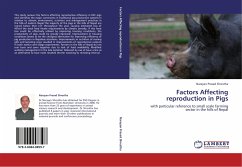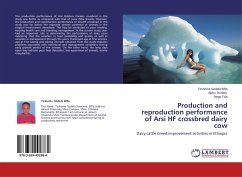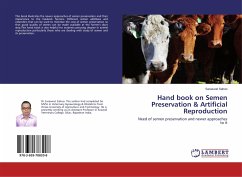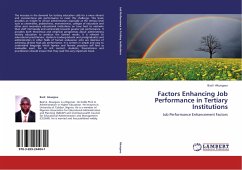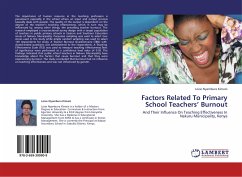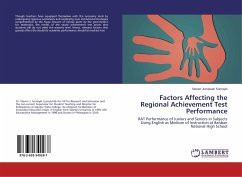This study reviews the factors affecting reproductive efficiency in PAC pigs and identifies the major constraints in traditional pig production systems in relation to climatic environment, nutrition and management practices in the hills of eastern Nepal.The majority of the pigs in the hills of Nepal are reared below their LCT throughout the year, causing estimated loss of 43%of the total feed intake requirements by climatic penalty. If this feed loss could be effectively utilised by improving housing conditions, the productivity of pigs could be greatly improved. Improvement in housing conditions seems to be the cheapest alternative for improving efficiency of pig production in Nepalese situations. Improvements in nutrition of rearing gilts and lactating sows resulted in improvements of reproductive outputs in both station and village experiments. Farmers in the hills of Nepal do not rear boar and sows together due to lack of feed availability. Modified suckling management in thelate lactation followed by use of boar urine as an alternative to boar mate resulted shorter weaning to remating interval.
Bitte wählen Sie Ihr Anliegen aus.
Rechnungen
Retourenschein anfordern
Bestellstatus
Storno

